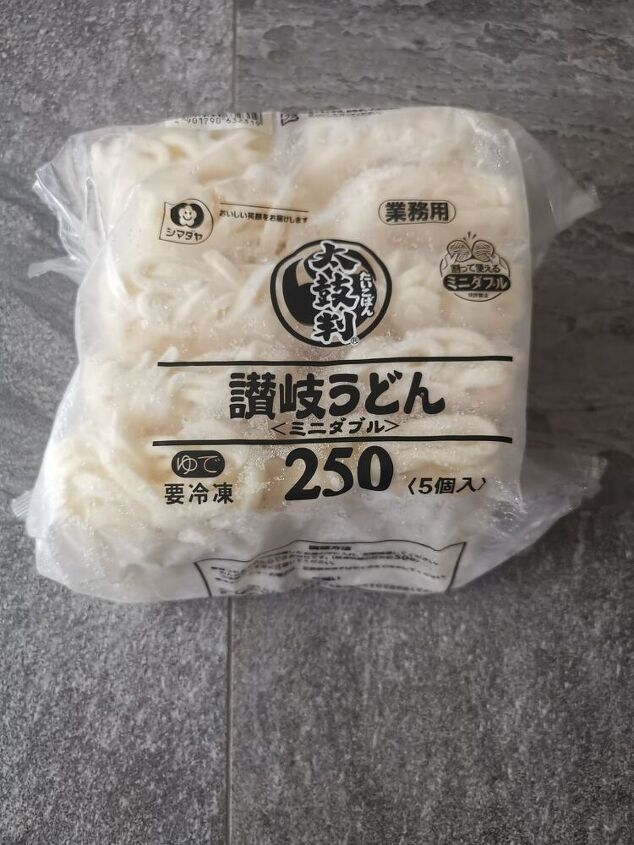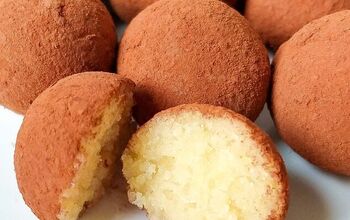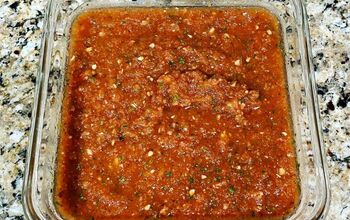Cold Udon With Fresh Tomatoes

What's a girl got to do if she can't afford a dermatologist or facialist? Well, she can have a tomato 🍅. A tomato is a nutrient-dense superfood chock full of antioxidants, including Vitamin C. It purportedly transforms the dullest of skins and restores glow to the skin. Plus, it reduces the amount of cell-damaging free radicals in the body and is great for anti-ageing. Still not sold on the tomato's benefits? Well, if appealing to your vanity doesn't work, let me work on your greed. It tastes really good in this Cold Udon With Fresh Tomatoes dish!⠀
Cool, chewy noodles are tossed with ripe tomatoes and fragrant Shiso and simply dressed with olive oil and soya sauce. A perfect summer dish! ⠀
Plain, white Udon noodles - the perfect canvas for this dish of red and green.
My first attempt at making this dish with peppermint instead of Shiso.
I highly recommend using Shiso if you can get your hands on it.
Cold Udon With Fresh Tomatoes
Recipe details
Ingredients
- Udon: 1 serving ⠀
- Ripe cherry tomatoes: 20
- Extra virgin olive oil: 1 tablespoon
- Light soya sauce: 1 tablespoon
- Salt and pepper: Pinch, to taste
- Shiso leaf, thinly sliced: 2 - 3
Instructions
- Prepare two ice-baths, that is two bowls containing water and lots of ice. ⠀
- Cook udon according to package instructions and cool cooked udon in one of the ice baths. ⠀
- Bring a small pot of water to a boil over high heat. Add tomatoes and leave them in the boiling water for 10 seconds. Then scoop them out and transfer them to the remaining ice bath to cool. Gently peel the skin off all the tomatoes. ⠀
- Drain tomatoes dry and add them, olive oil, soya sauce, salt and pepper to a bowl. Knead tomatoes for about 30 seconds, to bruise them and release their juices. ⠀
- Drain udon dry and add to the bowl of tomato sauce from Step 3. Mix udon quickly with the sauce so the noodles absorb the flavour.
- Mix/garnish with Shiso leaves and serve cold.
Tips
- Too lazy to peel cherry tomatoes? Use 1 ripe beefsteak tomato instead then.
- Shiso is usually sold in either Japanese or Korean supermarkets. If you can't find it, use mint as a substitute then.


























Comments
Share your thoughts, or ask a question!